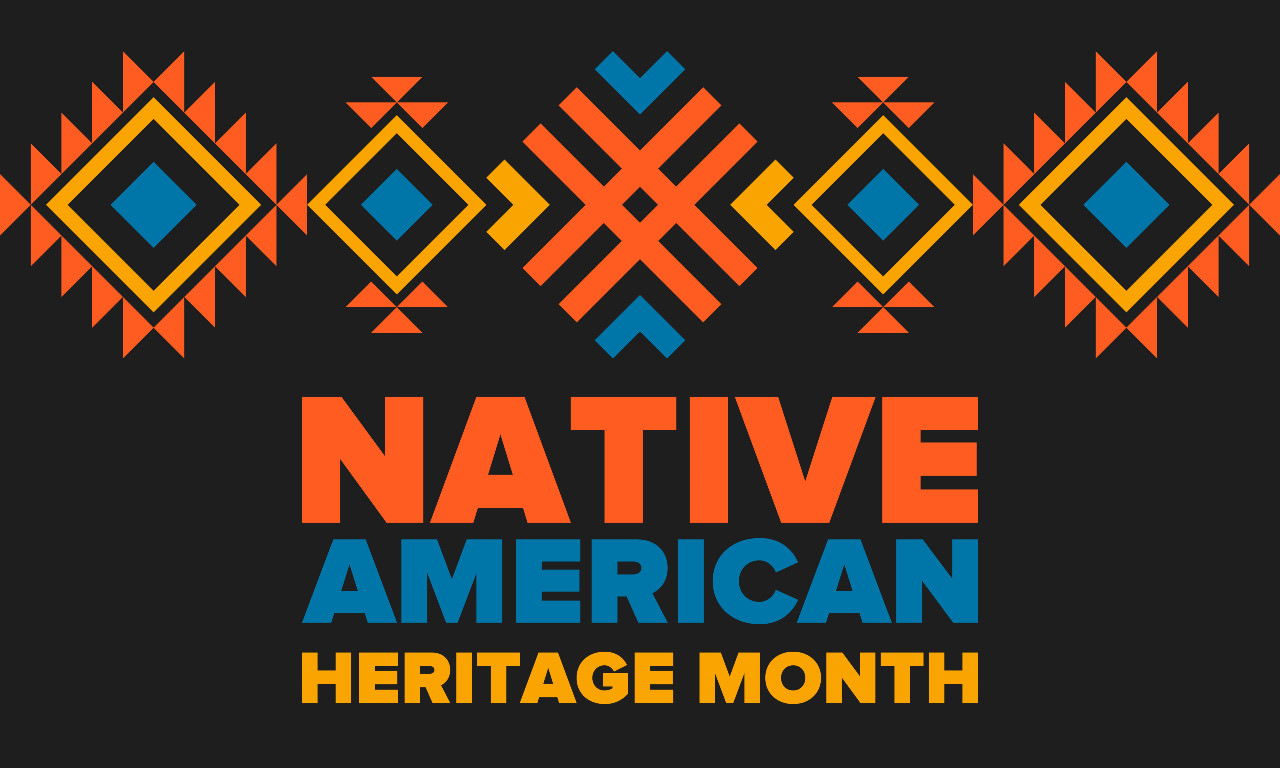Assemblymember James Ramos’ (D-Highland) California Indian Education Act, Assembly Bill 1703, was signed by Gov. Gavin Newsom on Sept. 23.
The new law encourages local educational agencies to create California Indian Education task forces that include representatives of area Native American tribes and educators to talk about mutually concerning issues; share the government, history and culture of local tribes; and develop relevant curriculum and classroom materials.
AB 1703 also requires LEAs to identify achievement gaps between Native American and non-Native American students and establish strategies to narrow them.
“I’m appreciative that the Governor signed this measure which begins to let Native Americans share their history and culture in the classroom,” Ramos said in a statement. “It’s critical that we teach all students about the diversity of California’s more than 100 tribes. Our state’s tribes each have different languages, customs, culture, and history. Without this interaction, we cannot develop the more complete and high quality curriculum we seek, and we will continue to see incidents like that involving the Riverside math teacher. AB 1703 also provides teachers with more instructional tools and forges understanding among students and between local tribal families and their children’s campuses.”
CSBA took a Support position on the bill as it will guide the development of high-quality curriculum materials for Native American study courses and help to close the achievement gap that Native American students experience.
Assemblymember Ramos spoke to CSBA in 2021 about how his experiences in local public schools continue to shape his work tackling issues that have long gone unnoticed or unaddressed, and about how curriculum must accurately reflect Native American history in the United States.
Within one year of formation, the task forces will be required to submit a report of their findings to the California Department of Education. This practice, which includes sharing curriculum and classroom materials that have been developed, will take place annually thereafter with a goal of distributing the knowledge statewide.
CDE will also submit annual reports to the Legislature’s Senate and Assembly education committees on narrowing the achievement gap and curriculum adoption.
“I want to thank the Governor and the California legislature for supporting this historic legislation to improve the way California’s children are taught about Native American history, culture, and government,” said Johnny Hernández Jr, vice chairman of the San Manuel Band of Mission Indians, located in San Bernardino County.. “I encourage school districts to invite their local tribes to begin the next steps to creating taskforces that will create a better educational future for our state.” Hernández Jr also serves as chair of the tribe’s education board.
Additionally, AB 1703 authorizes the task forces to submit curriculum materials to the county office of education or consortium of COEs that contracted to develop a Native American studies model curriculum under existing law and be considered for inclusion in it.
“It is exciting to see that in my lifetime tribes across the state can collaborate with school districts to create a positive educational experience for Native students like me,” said Gauge Hernandez, chair of the San Manuel Tribal Youth Committee. “Native students like me exist and deserve to have factual accounts of Native American history from our respective regions incorporated in our textbooks and our culture recognized and honored in the classroom.”





